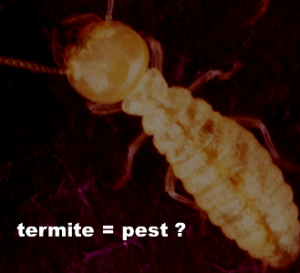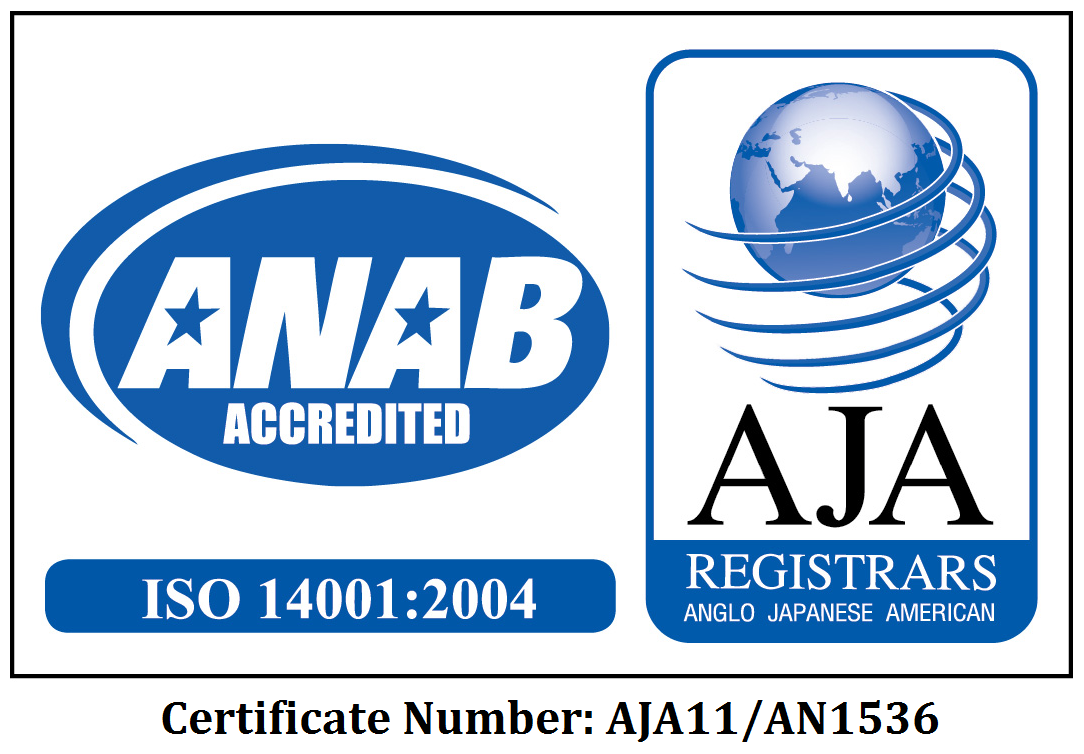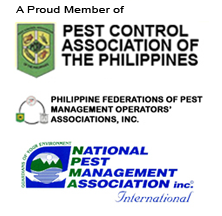In a previous blog, we learned that not all termite species are considered “pests”, but only those that negatively impact humans get that label. But how does a handful of species become p ests, while the rest don’t.
ests, while the rest don’t.
All termite species eat wood and cellulose products, a type of food that most other animals cannot digest. In a natural setting, dead trees, fallen leaves and other plant materials are eaten and broken down by termites and other wood-boring insects. The process goes on with the help of other organisms so that nutrients trapped in dead plants are then released to the soil to be used again by living plants. Therefore, in this process of destroying dead trees and plants, termites take center stage and they are essential for nutrient cycling to continue on this planet.
When certain termite species thrive in environments where humans dwell and are also not easily disturbed by human activities, conflicts are bound to happen. It is when termites do not discriminate between the wood of fallen trees and that in houses and other human structures that they become pests. While these are merely a handful of species of termites, the economic impact of these pests is estimated to be $5 billion per year worldwide.
Fortunately, the great majority of termite species stay away from areas where most humans live and inconspicuously perform their roles in the planet as great nutrient recyclers for the benefit of all.
Learn more about other ways we benefit from termites in this blog.
Tagged with: anay • pests • termite damage • termites
Like this post? Subscribe to my RSS feed and get loads more!







Leave a Reply